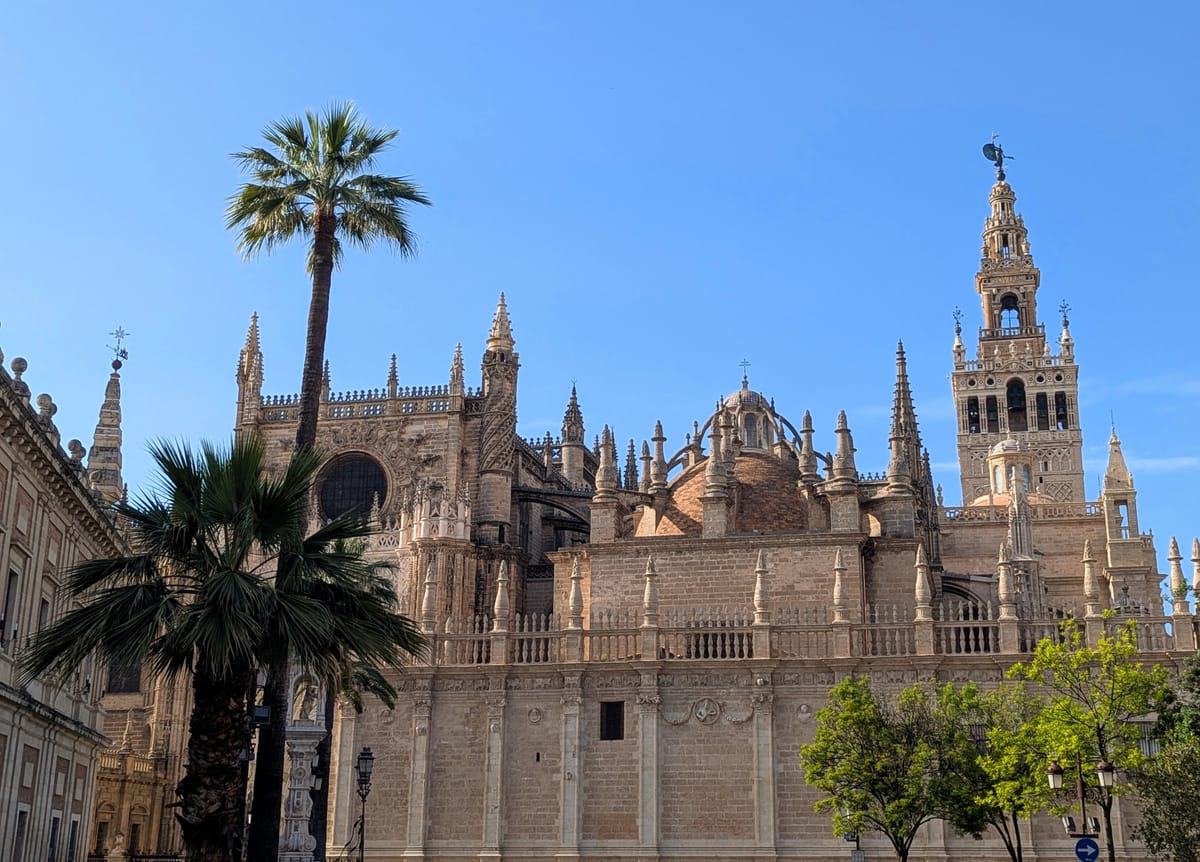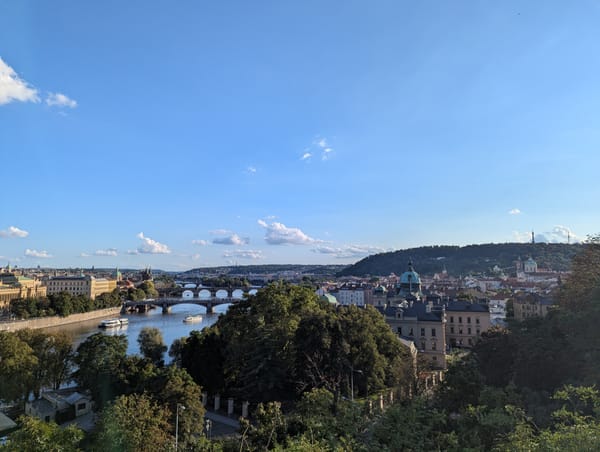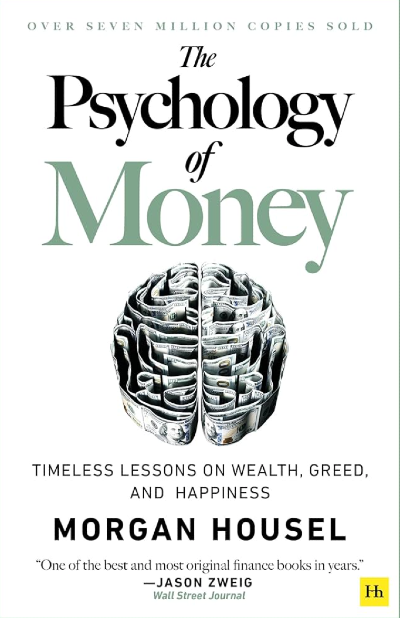Seville, Spain: Two Minute History
A 5-minute overview of the history of Seville, Spain

- Roman Period:
- Seville (then called Hispalis) was founded by the Romans in 206 BC.
- Roman influence is still visible today in the layout of some old streets and remains of aqueducts.
- Visigothic Period:
- After Rome's fall, the Visigoths (a Germanic people from Eastern Europe) ruled Seville from the 5th century until 711 AD.
- Moorish Period:
- In 711 AD, the Moors (North African Muslims) took over Seville after being invited by a Visigoth faction involved in a civil conflict.
- They ruled for over 500 years (until 1248 AD), heavily influencing Seville’s architecture and culture (e.g., the Giralda tower, originally a minaret).
- Castilian Rule:
- Seville was captured by the Kingdom of Castile in 1248.
- From the 13th to 16th centuries, Seville grew extremely wealthy as Spain’s main port for trade with the Americas, exporting goods like olive oil, wine, and textiles, and importing silver, gold, and tobacco.
- Famous landmarks like the Seville Cathedral and the Alcázar palace were funded by this wealth.
Key Conflicts During Castilian Period:
- 14th Century Civil War:
- Conflict between King Peter of Castile and his half-brother Henry of Trastámara.
- Henry II ultimately won in 1369, founding a new dynasty.
- Late 15th Century:
- Ferdinand and Isabella united their kingdoms, stabilizing Spain and preparing for the Age of Exploration.
Seville in the 16th–17th Centuries:
- The city thrived as Spain’s major link to the Americas.
- Seville suffered a catastrophic plague in the mid-1600s, killing about half its population (~300,000 people).
Seville in the 18th–19th Centuries:
- 18th Century:
- Continued economic struggles, but also infrastructure improvements like the first railway between Seville and Cádiz.
- 19th Century:
- Rise of Romanticism in arts and literature.
- Notable artists included Manuel Cabral Aguado-Bejarano (landscapes) and later Gustavo Bacarisas.
Seville in the 20th Century:
- Hosted the Ibero-American Exposition in 1929, boosting its international profile.
- Experienced turmoil during the Spanish Civil War (late 1930s).
- Post-war, Seville modernized and grew steadily.
Fun Facts About Seville:
- Tapas Origin: Tapas originated in Seville; the small plates were originally used to cover drinks and protect them from flies.
- Only River Port in Spain: Seville's Guadalquivir River made it Spain’s only inland river port accessible from the Atlantic.
Local Landmarks and Recommendations:
- Royal Alcázar of Seville: Historic palace with stunning gardens
- Parque de María Luisa: Includes the famous Plaza de España, a large semi-circular building and canal
- Other Notable Sites:
- Barrio Santa Cruz (old Jewish quarter)
- Casa de Pilatos (palace with Renaissance and Mudéjar architecture)
- Plaza de Toros de la Maestranza (historic bullring)
- Flamenco Dance Museum
- Metropol Parasol (modern wooden structure with panoramic views)
Flamenco and Bullfighting:
- Flamenco shows recommended:
- Casa de la Memoria and Tablao El Arenal (nightly shows in Seville)
- Bullfighting:
- Events at Plaza de Toros de la Maestranza, usually on Sundays; check online for schedules.





